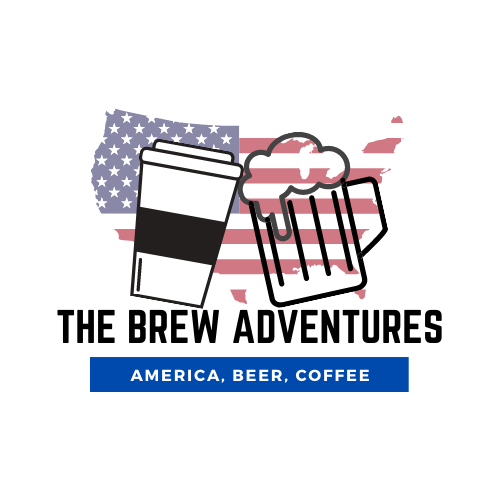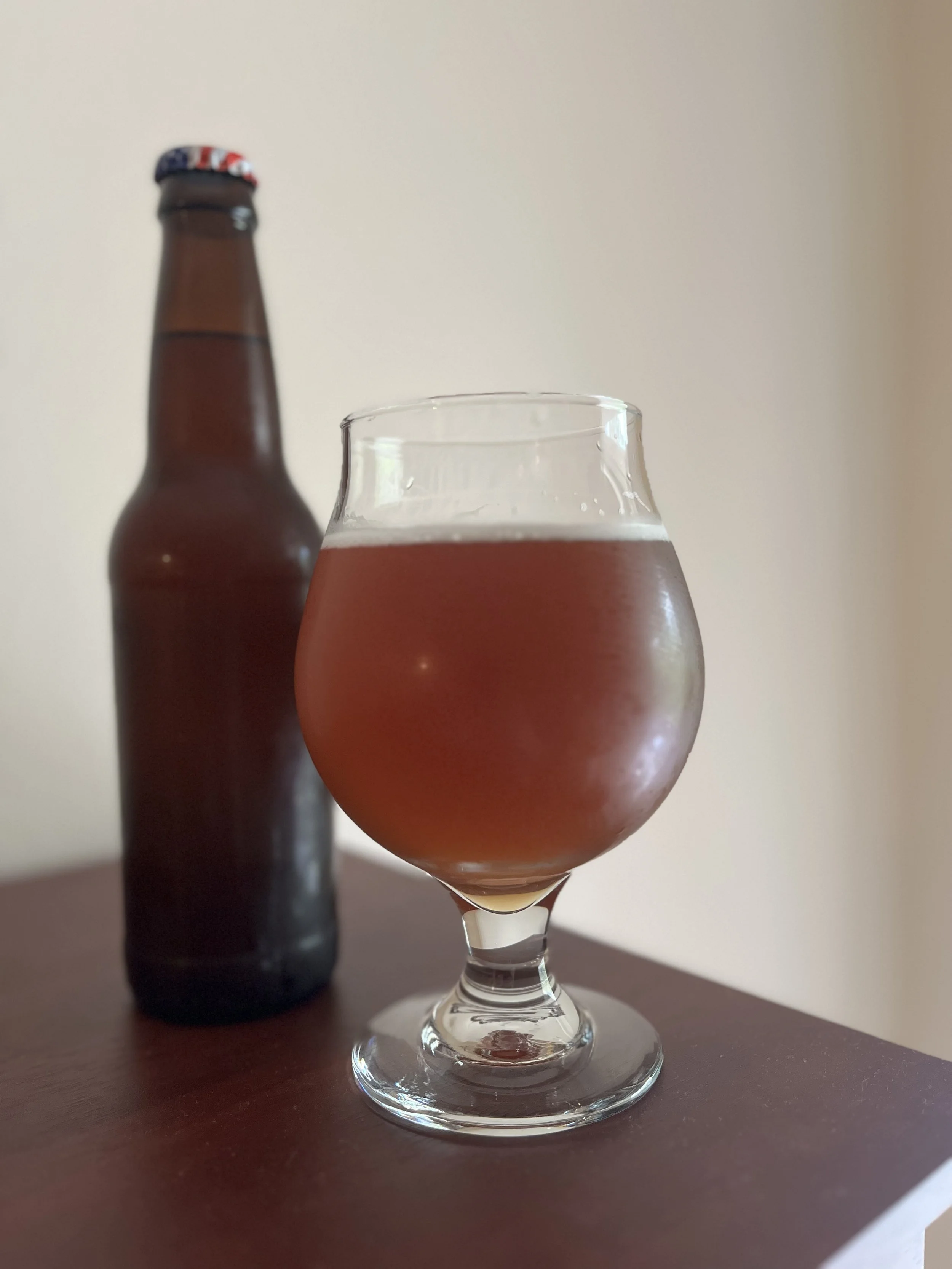Belgian-Style IPA Homebrew - Recipe and Results
If you want to play in America, you better bring the hops. We see it all the time, an American craft brewer takes a new stab at an old tradition with a whole barrel of hops and, often, they find success. So, naturally, we had to add the hops to our own Belgian-style IPA to keep up with the Joneses. And here she is.
As I always say, the beauty of brewing your own beer is getting to do whatever you want. What I like about a recipe like this is that it is easily adaptable to the preference of the brewer. But here are the basics for our Belgian-style IPA 1-gallon recipe.
Malt
Belgian Pilsner - 32 oz (80% of mash)
Munich - 4 oz (10%)
Caramel 40L - 2 oz (5%)
Carapils - 2 oz (5%)
As easy as it gets. We mashed our malt at 150℉ for one hour and then sparged with one gallon of 170℉ water. We collected that sweet, sweet wort and moved onto the one-hour boil. Time for some hops!
Boil
Magnum - 0.1 oz at the start (60 minutes)
Cascade - 0.1 oz with 20 minutes remaining
Irish moss (optional) - ⅕ tsp with 15 minutes remaining
Cascade - 0.2 oz at flameout (0 minutes)
Centennial - 0.2 oz at flameout
Cascade - 0.2 oz dry-hop three days after start of fermentation
Centennial - 0.2 oz dry-hop three days after start of fermentation
We added 4 grams of Monk yeast from CellarScience and let it ferment for two weeks to let all those delicious yeast and hop oils dance together. Then we added 0.81 oz of corn sugar (you can use Belgian candi for more Belgian characteristic), bottled it, and waited another grueling two weeks.
Now for the fun. Here’s our first impressions of our Belgian-style IPA!
First Impressions:
On the Eyes--Golden-amber with a thin cream-colored head and slightly cloudy, as expected from the dry hopping.
On the Nose--Light, sweet malt. The Centennial hops really pop out with their citrus and pine aromas. Beautifully aromatic, inviting, and American.
On the Palate--Solid citrus flavor riding on the light Pilsner and Munich backbone. The effervescence provides that tingle on the tongue we love so much from Belgian ales, and the mouthfeel is decent, thanks to the Carapils. It has a fairly dry finish, and is light on the malt sweetness. The bitterness is excellent, more like an American IPA, and the citrus from the Cascade/Centennial combo really sings with some deep grapefruit notes. The Belgian character is quite light, with some clove and spicy characteristics that were somewhat covered up by the strong hop flavor. This can be fixed with a higher fermentation temp (we held steady at 68℉), which is an easy fix. Another possibility is adding Belgian candi to increase the sweetness and add that depth of recognizable Belgian character.
Verdict:
Let’s face it, the only thing that really makes a beer Belgian is if it was brewed in Belgium. But, we gave it a good go and got some good results. The hop characteristic was recognizable and one I will continue to go back to. The Pilsner and Munich malt provided a fresh and light malt characteristic and the caramel 40 and Carapils added some smooth mouthfeel. This beer wasn’t perfect, and it certainly wasn’t perfectly Belgian. Fermenting at a higher temp and experimenting with different yeast strains will provide more of the phenols and esters we seek in Belgian beers, and the addition of flavors a brewer can get from the different types of Belgian sugars is also worth experimenting with. Either way, this recipe is a good foundation to build on. It can be easily tweaked with different yeast, hops, or sugars, and that is what we love about homebrewing.
Cheers!
Mr. Brew

